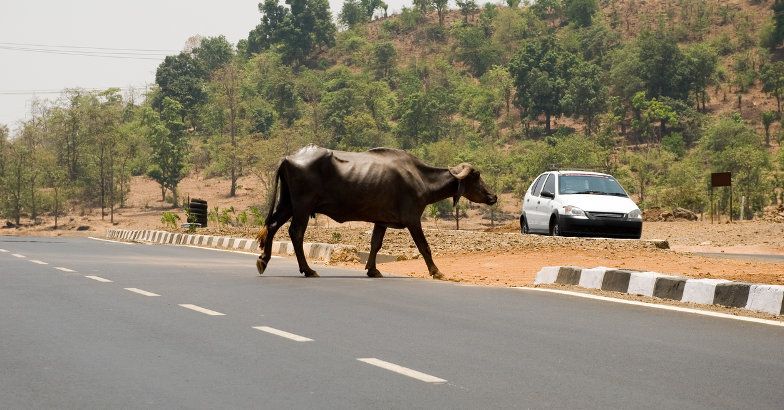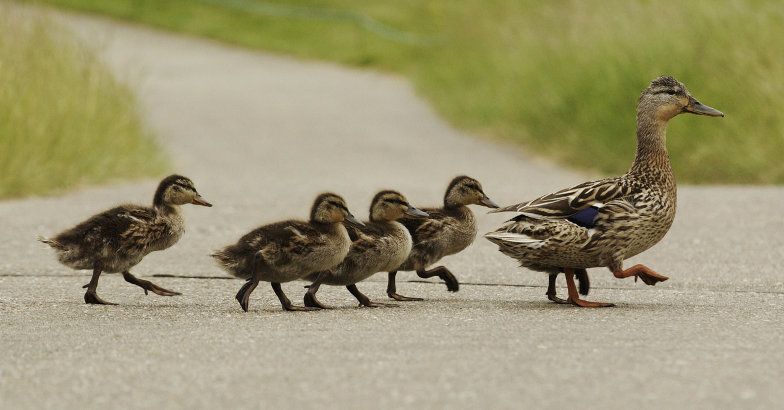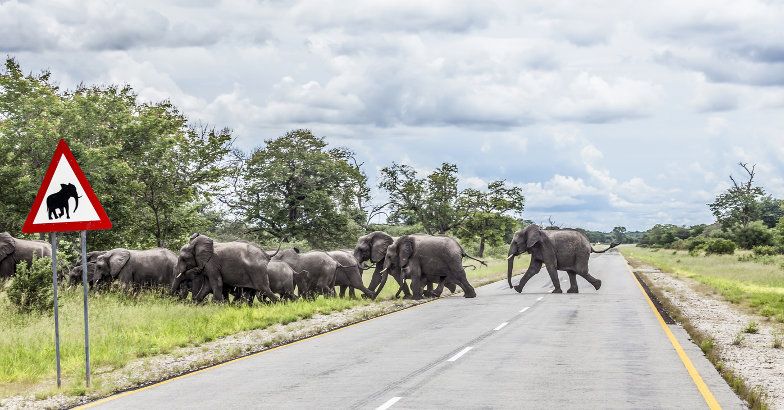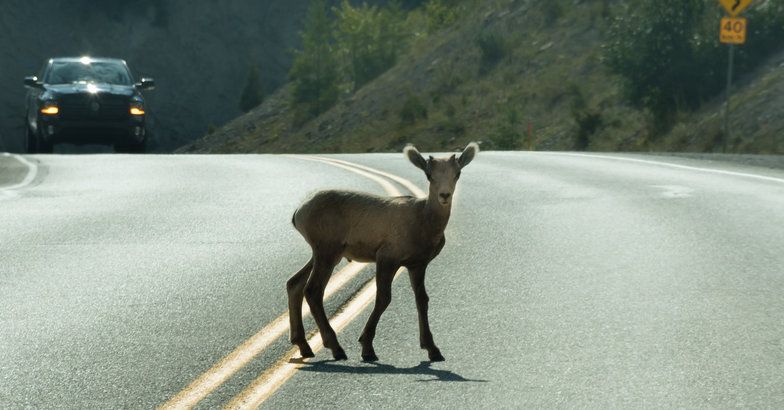Roadkills have been turning into a serious global threat to wildlife security across the globe in developing, developed and under developed nations with significant wildlife populations distributed across various natural ecosystems and habitats.
The rapid industrialization, the expansion of agriculture around the globe due to the exponential increase of human population and the need for rapid infrastructural development for better transport and communication of both goods and people from one part of the country to another have been giving rise to these unfortunate roadkills.
The increased number of vehicles passing through previously designated wildlife corridors has been causing havoc due to accidental collisions with wildlife, killing them and often resulting in serious accidents, either injuring or killing both wildlife and passengers traveling in the vehicles.
 Photo: Getty Images
Photo: Getty ImagesFurthermore, railway tracks passing through or cutting across wildlife nature parks, reserve forests and sanctuaries often bring about heavy casualties by running over wild elephant or bison or deer herds attempting to cross the railway tracks to move from one part of their forest habitat to another for the purpose of foraging for food and water or in search of suitable mates or resting sites.
Speeding tourist vehicles within forested areas are also known to be prone to running into serious accidents threatening wildlife. Irresponsible and drunk drivers are also responsible for colliding against big mammals like elephants, leopards, bears, deer, elk or moose in different countries. The particularly vulnerable wildlife members are the migrating species that often cross the boundaries of their secure forest habitats and try to reach another forest through previously used, century-old animal corridors that have been transformed into highways or railway tracks due to infrastructural push bringing the serious human-wildlife conflict to the forefront.
 Photo: Getty Images
Photo: Getty ImagesAlthough the number of wildlife casualties in such roadkills do not always attract our deserved attention, the yearly counts provide a very sad and devastating statistics. The issue needs serious attention of the conservation agencies and local administration to take appropriate steps in protecting the vulnerable wildlife from being repeatedly killed in railway or road collisions.
Unfortunately, many of these roadkills or railway accidents of wildlife are often not reported or under-reported by the concerned authorities and hence, reliable information on wildlife death and injury due to roadkill is not available.
Driving a vehicle or railway carriages across a wildlife sensitive region or wildlife corridor (particularly during the night time) needs to be responsible and well within the prescribed safe speed limits posted by the regulatory authorities. However, neither the departments of surface transport nor the railways or the forest department take any responsibility or concrete steps in curbing undesirable collisions with the wildlife by training drivers and making them aware to drive with utmost caution, sincerity and responsibility in the wildlife areas.
 Photo: Getty Images
Photo: Getty ImagesThis lack of apathy towards the wildlife is one of the most important factors that has been promoting roadkills around the planet. In most cases, the offenders are just released without any proper criminal investigation and by paying a meager fine. As a consequence, repeat offenders take cover behind the weak and faulty investigation process and an over-burdened judicial system and continue to do the same offense without any fear of consequences.
Hence, it is absolutely important to take appropriate and judicious steps to curb roadkills to protect the local wildlife. Education and awareness campaigns are necessary to make the public aware of the values of the local wildlife and their important role in the ecosystem. It is important to emphasize that if the wildlife vanishes from a vulnerable ecosystem; so will the humans in the not-so-distant future. Therefore, concrete steps are essential to reduce road and railway kills of vulnerable wildlife by imposing strict monitoring and surveillance in the forested areas and making both drivers of motor vehicles and railway carriages to travel within prescribed speed limits.
Heavy financial penalties, jail terms and service breaks or negative service records must be imposed on repeat offenders. Proper coordination between both ground staff and higher officials of the forest and surface transport departments, the railways, law enforcing agencies and local administration is important to monitor and report all cases of accidental collisions with wildlife to generate true and reliable statistics on wildlife death.
It is important to conduct environmental impact assessments in vulnerable forest habitats before the approval of any major or minor infrastructural project to understand the impact of the intended development on local wildlife and then determine the cost-benefit ratio. Sustainable development model needs to be implemented with sincerity and dedication to accommodate both ecology and economy to work hand in hand. Proper lighting of the railway tracks during night and appropriate signaling systems need to be established in forested areas for drivers to be alarmed in advance about any approaching or crossing wildlife herds.
In some instances, manual monitoring and reporting from watch towers constructed along railway tracks in forest belts at regular intervals will be necessary to curb railway collisions with unfortunate and helpless animals crossing the tracks or approaching the engine. Wildlife passes are to be established along railway tracks and highways at vulnerable locations to facilitate smooth passage of wildlife from one section of the forest to another without being killed or injured.
(The author is a Canada and India based freelance journalist specializing in global geo-political, strategic and foreign policy issues, science & technology and environment & conservation related themes.)

























 Photo: Getty Images
Photo: Getty Images